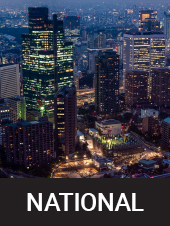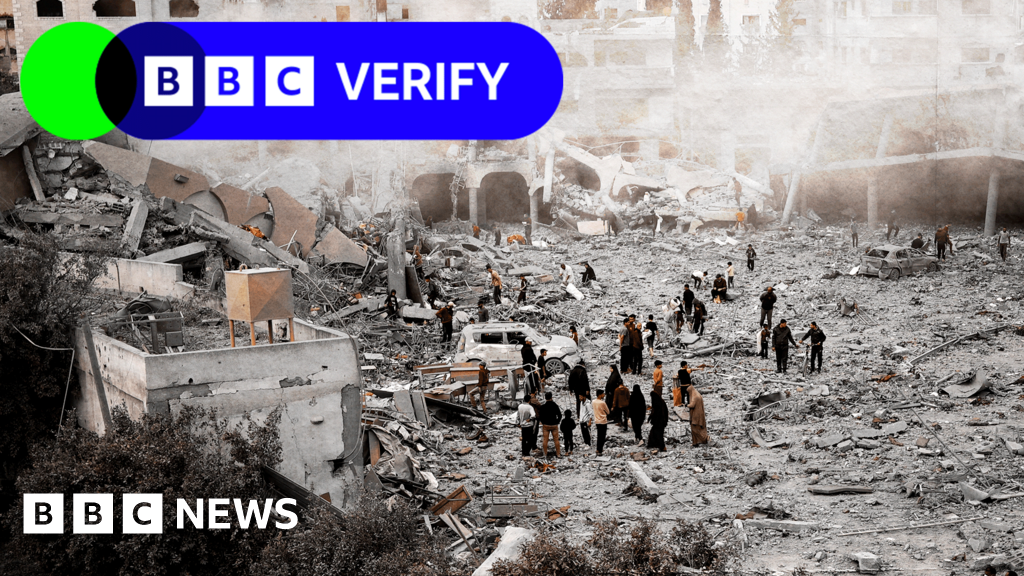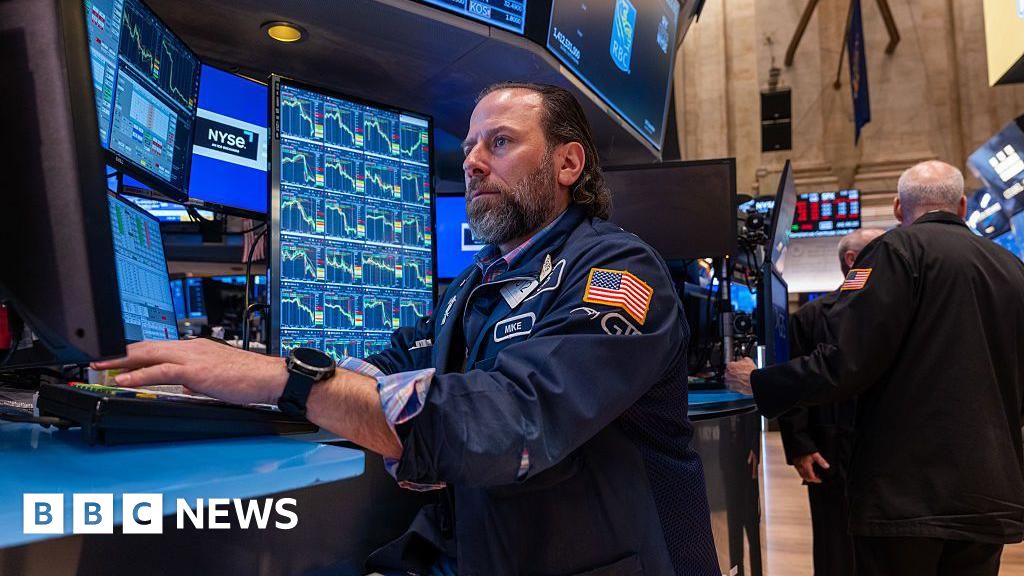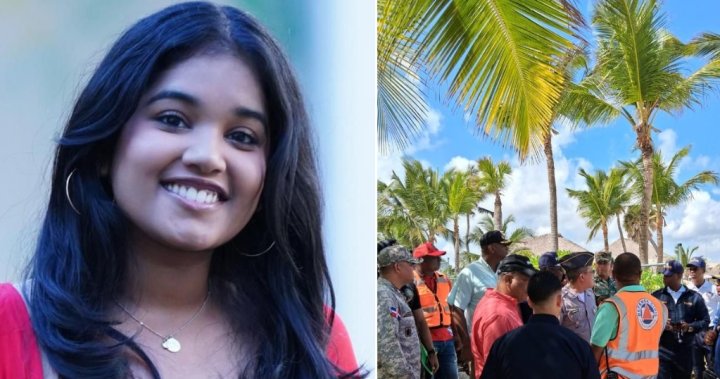Federal party leaders and candidates in the upcoming election say they are committed to getting Canada to meet NATO’s current defence spending target but are resisting the Trump administration’s call on allies to more than double that commitment.

U.S. President Donald Trump has said he wants NATO members to spend at least five per cent of their GDP on defence, which U.S. Secretary of State Marco Rubio repeated Friday at a meeting of NATO foreign ministers in Brussels.
“I’m not saying overnight,” he told reporters, but “we think that’s what NATO allies need to be spending for NATO to face the threats that itself has identified and articulated.”
“We are as involved in NATO today as we have ever been, and we intend to continue to be. But it has to be a real alliance. And that means that our alliance partners have to increase their own capabilities,” he said.
Story continues below advertisement
Asked whether that the U.S. would also match the five per cent target, Rubio said: “Sure. We’re heading there now.”
According to NATO figures, the U.S. was projected to have spent 3.38 per cent of GDP on its military last year, the only ally whose spending has dropped over the last decade.
Trump’s calls have increased pressure on Canada, which is among eight out of 32 NATO members that currently fall short of the two per cent target. It spent 1.37 per cent last year.
0:35
Trump wants NATO members to increase defence spend goal from 2% to 5%

Canada’s defence spending is one of several grievances Trump has cited in his calls to make the country a U.S. state — an idea he floated even in front of NATO Secretary-General Mark Rutte in an Oval Office meeting last month.
The White House has called on all NATO allies to hit two per cent by June, when NATO leaders are set to gather for their annual summit, along with commitments to further ratchet up spending after that.
Story continues below advertisement
Foreign Affairs Minister Melanie Joly, who’s running for re-election as the Liberal candidate in the Montreal-area riding of Ahuntsic-Cartierville, told reporters in Brussels that Canada is committed to boosting its defence spending.
Yet she added NATO must be aligned in confronting Russia — an apparent reference to Trump’s readiness to strike closer ties with Russian President Vladimir Putin amid NATO’s ongoing support for Ukraine against Russia’s invasion.
“It is important that we all agree that Russia is a threat. If not, I don’t know why we should always increase more and more defence spending,” Canadian Foreign Minister Mélanie Joly told reporters at NATO headquarters in Brussels.
“We all know that we’re living much more in a dangerous world, and in that sense we need to do more. Canada is willing to do more, and we have to do more faster.”
Here’s what federal party leaders have said about boosting Canada’s defence spending and meeting its NATO commitments as Trump’s threats dominate the campaign.
Liberal Leader Mark Carney said shortly after he called the election that a Liberal government would meet the two per cent target before 2030.
Story continues below advertisement
Carney has promised to modernize the recruitment process for the Canadian Armed Forces and address a shortage of over 14,000 CAF members. He said he will do that by increasing salaries an unspecified amount, building more on-base housing and improving health and child-care services.
3:30
Carney vows Canada will meet NATO defence spending target with ‘acceleration of investment’ in military

He has also vowed to modernize and accelerate military procurement and prioritize Canadian manufacturing for equipment.

Get breaking National news
For news impacting Canada and around the world, sign up for breaking news alerts delivered directly to you when they happen.
Those investments will be prioritized toward Arctic security and NORAD modernization.
“We will deliver an unprecedented acceleration of investment in our Armed Forces so that we can defend every inch of our sovereign territory while helping to support and defend our allies abroad,” he said at a defence platform announcement in Halifax on March 25.
Conservative Leader Pierre Poilievre has said a government led by him would ensure Canada meets the two per cent target, but has not set a timeline for when that will happen.
Story continues below advertisement
He says the Conservatives would use extra revenues earned through an expanded trade deal with the U.S., negotiated in response to Trump’s tariffs on Canada, to invest in the CAF. Cuts to foreign aid and the public service “bureaucracy” will further free up frontline defence funding, he has said.
“We will hit our two per cent, we will take back control of our Arctic waters from the Chinese and the Russians, we will rebuild our military and become a truly sovereign nation with a strong Armed Forces that can protect us,” Poilievre said at an event in Toronto on April 2.
“We will not do this to please President Trump. We will do it because it is right for Canada, especially in light of America’s growing ambivalence towards NATO. … Canada will carry its own weight.”
Asked Friday about the Trump administration’s call for a five per cent spending commitment, Poilievre told reporters in Trois-Riviere, Que., that “we are going to make our own decisions on exactly how much we spend.”
1:38
Canada will rebuild military, but ‘make our own decisions’ on defence spending: Poilievre

Trending Now
Before the election was called, NDP Leader Jagmeet Singh said his government would commit to meeting the two per cent target by 2032.
Story continues below advertisement
Singh said at an event in Iqaluit on March 16 that the NDP would do that by building 5,000 new affordable homes to end the military housing shortage, raise military wages and prioritize purchasing Canadian-built military equipment.
He added Arctic defence investments must be coupled with investments in northern communities, including infrastructure.
“We cannot separate the two,” he told reporters. “So we have to find the investments to build up the North to be able to defend it, but also to support the communities. We believe those two are deeply connected, and we will find the ways to make those investments.
4:00
Singh launches NDP campaign, promises to rebuild ‘stronger, safer and fairer’ Canada

Singh has not addressed the NDP’s defence platform on the campaign trail so far.
An NDP campaign official speaking on background told Global News that Canada is “not going to do something just because Donald Trump tells us to” when asked about further boosting defence spending to five per cent.
Story continues below advertisement
The NDP would look at how to increase that spending in a way that is best for Canadians and is economically feasible, the official said.
The Bloc Quebecois platform calls for Canada to hit the two per cent spending target by the end of this decade, primarily through boosting defence investment in Quebec.
The Green Party’s “Protecting Canada” section of their platform makes one mention of NATO. It says the party wants to “create a common diplomatic and economic front — an economic NATO of sorts — with other like-minded democracies.”
The goal is “to establish red lines and put the U.S. administration and key U.S. economic actors on notice about joint retaliatory economic measures against the U.S. to any further encroachments on the sovereignty of any member of the economic bloc.”
Story continues below advertisement
British Prime Minister Keir Starmer announced in February his government would increase defence spending from 2.33 per cent of GDP last year to 2.5 per cent by 2027.
France has set itself an “objective” of between three per cent and 3.5 per cent, “which is about the level of American defence spending,” French Foreign Minister Jean-Noël Barrot told reporters in Brussels on Friday. France was estimated to be spending just over two per cent last year.
1:54
Starmer to boost U.K.’s defence spending to 2.5% by 2027

The top defence spender in the NATO alliance last year, Poland, allocated 4.12 per cent of its GDP for military spending in 2024.
Story continues below advertisement
Norwegian Foreign Minister Espen Barth Eide said NATO members are working on setting a new spending target, to be announced at the next summit in June.
“Just as it’s important to spend more, it’s also important to spend more smartly,” he said, calling Trump’s call for a five per cent target “a very high ambition.”
— With files from the Associated Press











 English (US) ·
English (US) ·